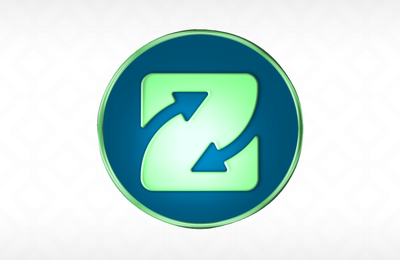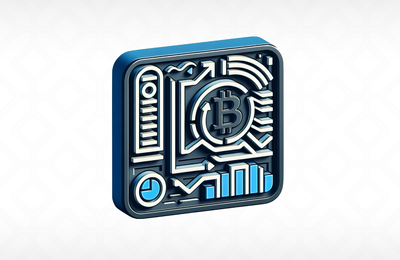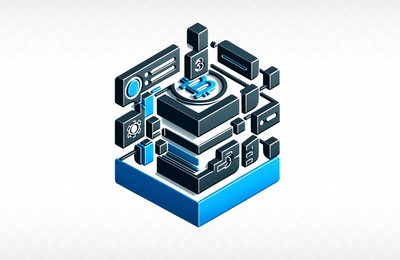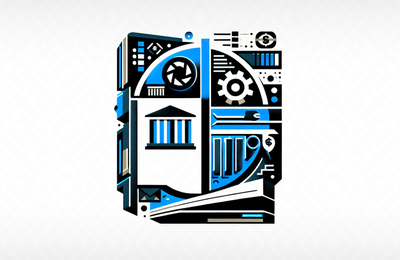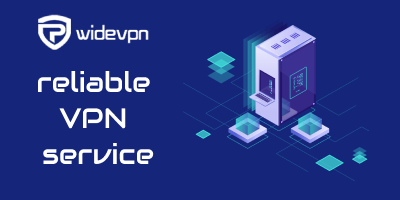
In common terms, mining is the extraction of useful materials from the earth. However, it means differently in the crypto-verse where it is a method of creating new tokens and verifying transactions on a network. In this piece, we will discuss the process of cryptocurrency mining, using Bitcoin as a case study. Let’s get started!
What is Crypto
Cryptocurrency, or Crypto for short, is a digital form of currency. Since the 21st century, the world has transcended into a digital phase. A phase that is so digital that a currency without physical backing, cryptocurrency, was introduced. In 2009 the USA had the first crypto startup, with the launch of Bitcoin as the first cryptocurrency and an open source software.
Cryptocurrencies are decentralized, i.e., no central authority like a government or bank controls them. This sets crypto very much apart from fiat currency.
Crypto transactions are recorded on a public ledger called a blockchain, and distributed across a network of computers. These transactions are secured by cryptography, making it an arduous task to spend the same coin twice or to counterfeit cryptocurrency. If this is the case, how are cryptocurrencies created?
How Cryptocurrencies are Created
Earlier, we established that it would be difficult to spend a crypto coin twice or spend a counterfeit, and this is because of blockchain technology. As a crypto enthusiast, it is important to understand the concept of blockchain technology and how it is applied in the crypto-verse. With this knowledge, you can truly appreciate how cryptocurrencies are created, and thereafter, how they are spent.
You may think of the blockchain as a giant spreadsheet that can be viewed by everyone. Each page of the spreadsheet is referred to as a block where all crypto transactions are reflected. This means that every transaction on the blockchain is transparent.
With this level of transparency, it is nearly impossible to tamper with the blockchain because changing one block means rewriting the entire blockchain. It also means that a fake/counterfeit entry cannot be put into the ledger. Adding a new block to the ledger means creating a new page for new transactions.
The creation of cryptocurrencies is a fascinating part of the crypto-verse. The two most common methods of creating new digital currencies (cryptocurrencies) are Mining/Proof of Work and Proof of Stake.
Mining or Proof of Work (PoW)
In the crypto-verse, mining is executed using hardware and software to generate a cryptographic group of alphanumeric characters equal to or less than a number set by the digital currency’s network algorithm. This group of alphanumeric characters is called a hash.
We will simplify it further. Miners compete to solve complex mathematical problems or puzzles and earn a reward, hence, Proof of Work. Solving these problems usually requires a very significant computational power.
A miner can be anybody, provided that the materials required (hardware and software) are available and functional. Specifically, a very fast graphic processing unit or an application-specific integrated circuit (ASIC), a significant source of power supply, and a lot of time, are needed to set up a mining rig.
There are lower chances of receiving any mining rewards when mining on a small scale, or with a personal computer. The chances are higher when operating together in a mining pool.
Mining is aimed at achieving two critical functions: coin creation and transaction validation. Successful miners are awarded with newly created cryptocurrency and a new block. This compels miners to participate in the network, ensuring its smooth operation and security.
However, this is not a limitless pursuit as measures are put in place to control the production of cryptocurrencies. For instance, the rewards for Bitcoin mining are cut in half every four years. In 2009, Bitcoin miners were rewarded with 50 BTC but miners beyond May 2020 were rewarded 6.25 BTC. This value is predicted to halve by April 2024.
Proof of Stake (PoS)
Proof of Stake (PoS) is an alternative method of creating new blocks in a blockchain. Unlike the former where block creators are called miners, block creators in PoS are referred to as validators. A validator is usually required to ‘stake’ a specific amount of crypto before a user can operate a node.
PoS uses a consensus mechanism to open new blocks and validate transactions by asking validators to vote and agree that a transaction is valid after a new block has been created. Therefore, less energy consumption is required to create a new block and verify new transactions.
In a more simplified explanation, the network randomly selects validators from the pool of stakes based on their stake size. The chosen validators verify a block of transactions and add it to the blockchain.
Other Alternative Methods to Mining
More alternative methods to crypto mining have proven successful in creating new blocks and validating new transactions, each with its own set of risks and rewards. Some of them include:
- Yield Farming involves lending your cryptocurrency to a decentralized finance (DeFi) lending pool. The pool in turn lends your funds to borrowers, allowing you to earn interest on your deposits.
- Masternodes are a special type of nodes that are earned by holding a significant amount of the specific cryptocurrency. A master node offers additional features and functionality beyond standard nodes. Owners earn rewards for providing services to the network, for instance, enabling private transactions or instant transactions.
- Cloud Mining allows you to participate in cryptocurrency mining without expensive hardware and electricity costs by renting mining power from a cloud mining service provider.
- Airdrops and Bounty Programs are cryptocurrency projects that may require you to hold a certain cryptocurrency or complete certain tasks to earn a reward.
Conclusion
While the number of institutions that accept the use of cryptocurrencies in exchange for their goods and services continues to increase, we envisage that digital currencies will be used as a medium of exchange for daily transactions in the near future. A society where you can buy a small cup of coffee or a large asset using cryptocurrency is viable.
As the cryptocurrency ecosystem develops, we can expect further innovation in how new digital currencies are brought to life. Mining consumes a large amount of energy and has raised a lot of environmental concerns. This is why crypto investors are seeking to explore more energy-friendly ways to create new cryptocurrencies.
The future looks bright and our fingers are crossed.








